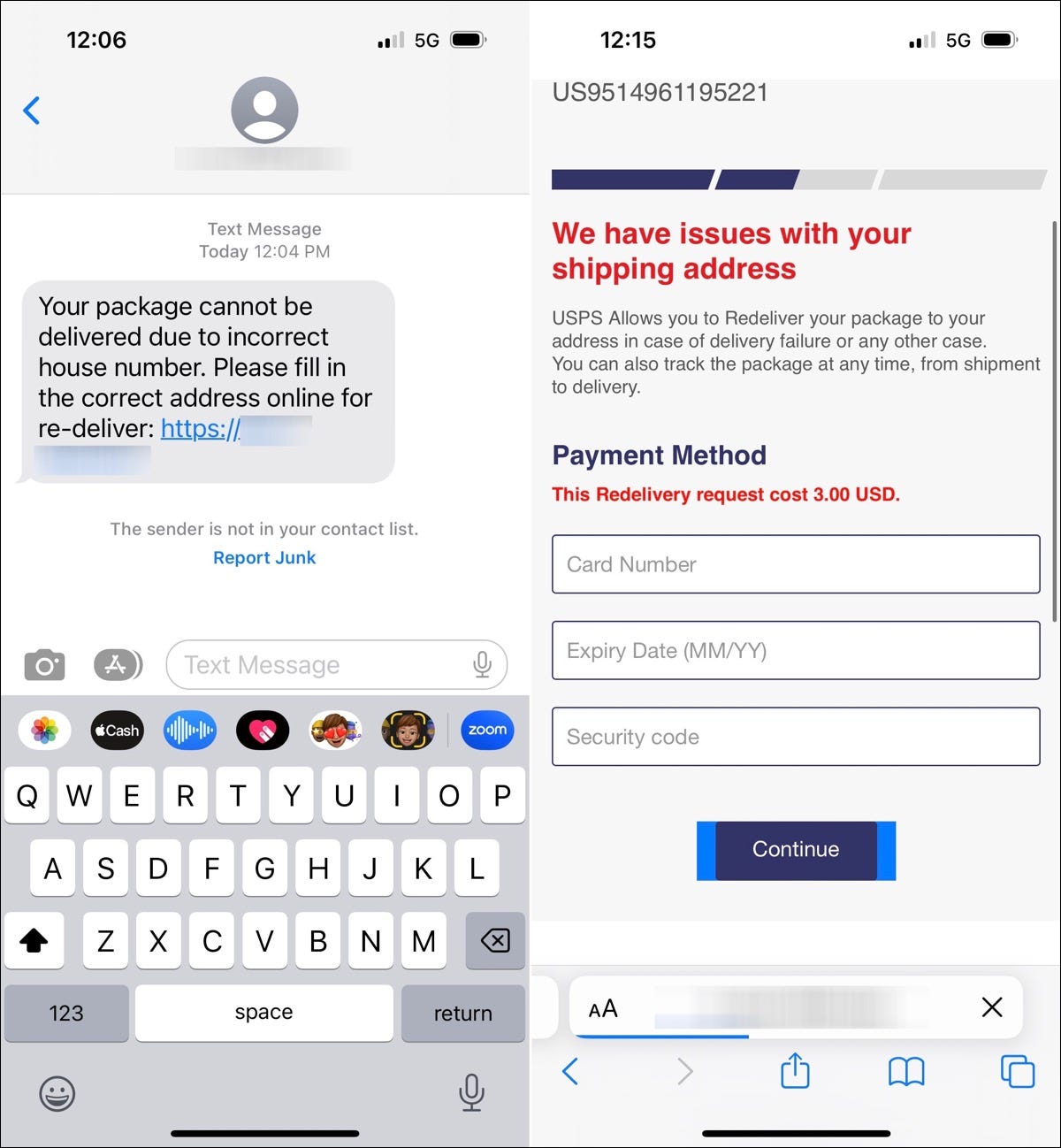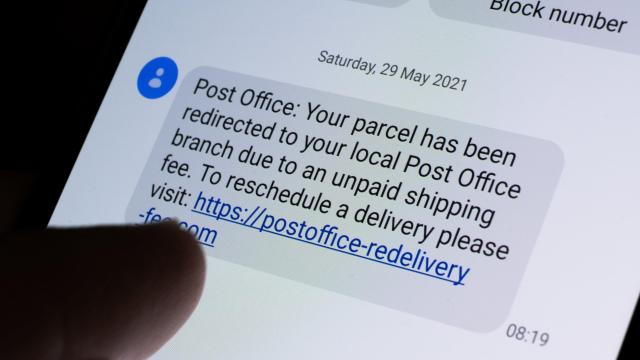It’s no secret scammers get more skilled and ingenious with time. Part of their strategy is knowing when is the best time to target certain people. As the holidays approach and people are expecting packages from Black Friday shopping or early Christmas gifts to arrive, scammers are taking advantage of the time to strike confusion and catch people off guard with shipping scams.
If you’ve gotten a text or email message that seems to be from AusPost or any shipping company with a link, be alert. These kinds of shipping scam messages have been on the rise since May and are expected to keep increasing through the holiday shopping season, according to a news report from WGAL, an affiliate of NBC.
How do shipping message scams work?
Shipping message scams try to mimic a shipping text update that you might expect to receive from AusPost or another shipping company. They usually claim that your shipment will be returned to the sender or delayed because they are missing part of your address or a payment, and the message will include a link that seems real, as well. When you click on it, some scams will direct you to a page that looks similar to the official site and will ask you to fill out contact or banking information.

While not all messages might follow the exact methodology, they do all look official, aim to give you a sense of urgency, and ask for your personal information or payment details to charge for a delivery fee.
How to stay safe from shipping message scams
To avoid falling prey to one of these scams, particularly during the busy shopping season, follow these tips:
- Never click on unverified links sent to you over text: Some of these links don’t even need you to input your personal information for them to be able to steal delicate information from you. There is advanced software that allows cybercriminals to grab data stored in your phone and login details by simply clicking on the malicious link.
- Make sure the URL exactly matches the official website: This is a simpler one. If the message claims to be from AusPost, the link should read Australian Post in its URL.
- USPS will not initiate a message: Unless you asked or initiated a request with AusPost, they will not send you a package-tracking text message or email. They will also not contain links, so if you get one, ignore it.
- Never give out your personal information over text: If you have not verified that the messenger is who they say they are, never send any personal information to them, including name, address, or banking information. One way to verify is simply calling the company or organisation’s official customer service number instead of engaging directly with the text message.
- Keep track of your shipments: To avoid getting caught off-guard, get organised with your orders. If you know you have one on the way, know when it’s supposed to arrive and check the status from the original source. Don’t follow links from messages or emails. If you keep the original records, you’ll also know when a fake order or tracking number is being used to trick you.

Leave a Reply
You must be logged in to post a comment.